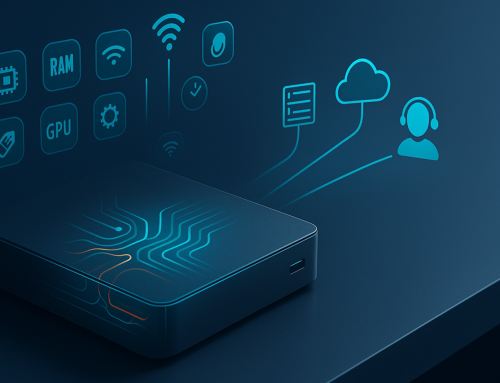 I’m going to begin this blog with a warning… It’s important that I highlight the fact I may be preaching here—I’m quite passionate about the subject matter, and I believe much of what I’m about to say is aimed at those who are also preaching at you.
I’m going to begin this blog with a warning… It’s important that I highlight the fact I may be preaching here—I’m quite passionate about the subject matter, and I believe much of what I’m about to say is aimed at those who are also preaching at you.
Who among you has not seen an article or email with a subject along the lines of, “Top Five VDI Critical Success Factors” or “10 Tips to a VDI Nirvana.” Maybe it’s the circles I run in, but I tend to get a few of these in my inbox each week. Some of them have pretty good nuggets of information. But most are aimed at getting you to look at some exotic, unitasking technology that will cure what ails you.
To be clear, I’m not suggesting that point-products are not appropriate solutions in some cases. What I am saying is that the desktop transformation can be a difficult and treacherous journey. Those that lead you to believe any five or ten tricks will make the journey any less dangerous are not doing you any favors.
Map out and Plan Your Journey
One of our founders coined the phrase, “Software Defined Workspace” as a description of how the game is changing. No longer does it make operational or fiscal sense to continue to manage end user workloads in the same way. Related is the element that the end device on which these workloads will need to run is also changing. Users will come to expect the application or context will define the workspace.
This is a really important point—one that I fear is lost on many of the folks I speak to about the evolving desktop and transformational strategies such as VDI. I subscribe to the belief that we are in a cycle of change—one that is beginning to transform how we define end user computing. This includes the devices, where we use them, and most importantly, how we create workflows and process to manage it all. This type of transformation requires a map; both to get you started on the right path, but also to ensure you remain on the correct path.
Like any journey—especially one we’ve never taken before—it’s important to take steps to minimize risk, and keep ourselves open and flexible to adapt to the required changes we’ll face along the way. If you believe in this future destination, you are going to require one thing: visibility.
Assess, Validate, Health Check and Monitor
The first step in your visibility journey comprises the need to understand what resources users’ consume; specifically the memory, CPU, network, disk, applications and so forth (don’t forget that must also include when and where users consume this information). I examined this first step in “Stratusphere FIT: Magic, Science and Starting the VDI Journey” a couple of months back. In the early stages of the journey, that visibility comes from Stratusphere FIT and includes the information to assess user, machine and application details as well as to help set a baseline for what users deem to be normal.
As you move towards a proof of concept (POC) or early phases of a pilot, visibility is critical to validate the architecture and ensure you can meet all business and user requirements. To be fair, some of those exotic unitasker technologies may come into play; but only after you’ve quantified, verified and validated their need; otherwise, you’re letting the tail wag the dog. I highlight this step in “Avoid the Child Seat and Make your Planning Look Effortless with Stratusphere UX,” where I noted the specific goals of the POC and how Stratusphere UX provides visibility from the end device to the data center—critically important to ensure you deliver an appropriate user experience during and after the transformation.
The last two steps, Health Check and Monitor, are about making visibility a part of your everyday operations. Remember, in the future visibility must follow the user, regardless of what device they employ to access application and data assets. As this journey becomes more commonplace, the evolving theme will be about ensuring the user enjoys an appropriate experience; regardless of where they are or what device they choose to use. Today Stratusphere UX provides this visibility to help proactively monitor and provide for a healthy and optimized virtual desktop architecture.
Don’t Let Hindsight be Your 20/20
The desktop transformation can be difficult to attain. And anyone who tells you following 10 steps will bring you success … well, I wish it were that easy. Again, I’m not suggesting that the tips you may read elsewhere are total bunk; but they should never be taken in the blind.
Having visibility will put you in the best position to make informed decisions, plan, and minimize risk for your organization and disruptions to your users. In short, you really only need one tip for success: demand visibility before you begin your desktop transformation.
I will step down from my soapbox now.








Leave A Comment
You must be logged in to post a comment.